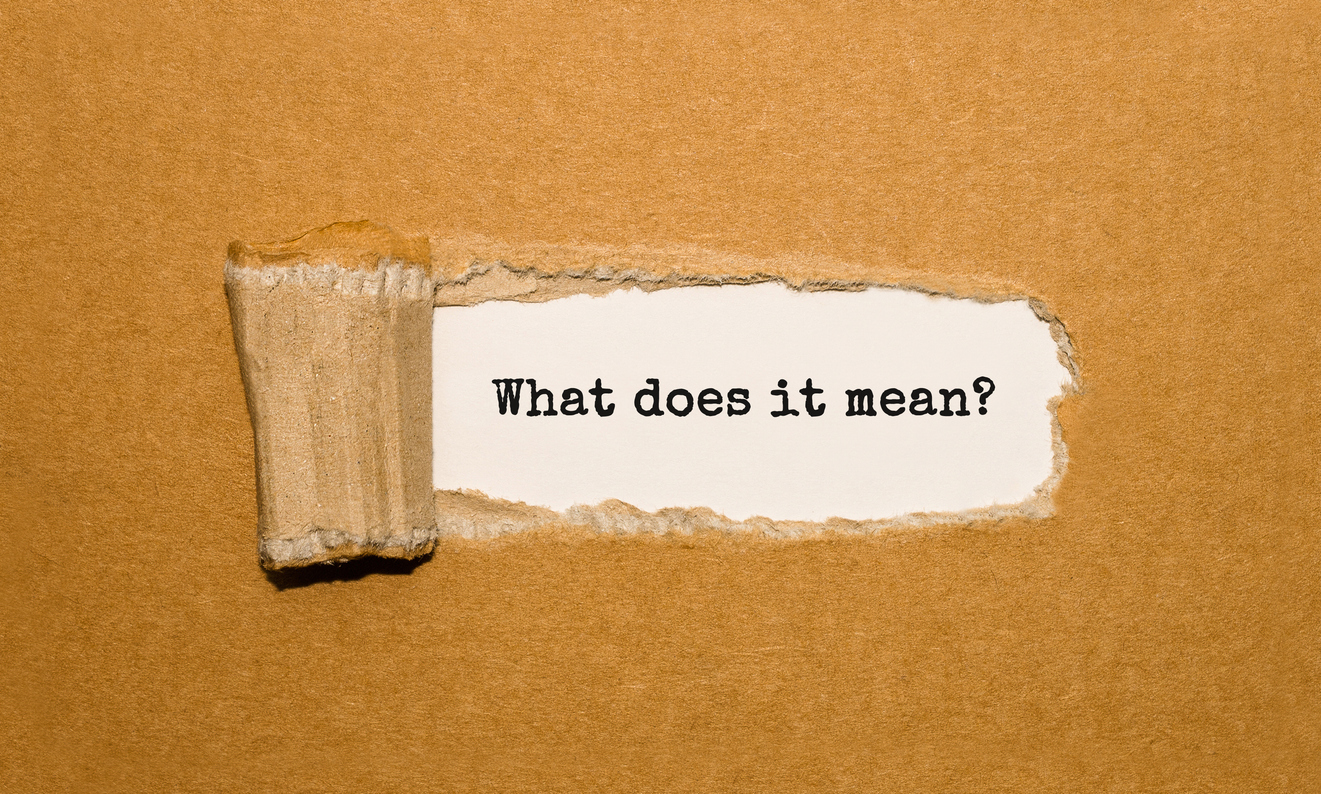One of the most terrifying and devastating perils insured against is fire. A wildfire outbreak is one news alert that can have a massive impact on our property and lives. A new research study has exposed some of the data on the insurance claim side of this catastrophe.
For many years, the amount of claim dollars that carriers were spending on wildfire losses accounted for only 1.8 percent of total dollars.
Research coming from a CoreLogic study shows that the danger and the quantity of these claims is on the rise- with Colorado, California, and Texas having the most risk. However, the report cautions that 38 states should be on high alert for wildfire damage.
What is causing the increase in wildfire devastation? Sadly, the Department of Interior linked as many as 90% of the wildfires to a human starting the fire in some fashion. Now, this calculation includes intentionally set fires that are considered arson, but also includes unattended campfires, debris burns, and improperly discarded cigarettes. Other causes of wildfire include lightning strikes and even lava flow.
What was interesting from the report was that the link has been made that another familiar phenomenon, wind, is the culprit. Wind-blown embers can allow for significant fire spread impacting surrounding buildings and residences. Homes in close proximity are more likely to burn in clusters, especially if there is only 15 feet between the residences with combustible forces. This data was supplied by the Institute for Business & Home Safety.
The hot-off-the-presses data from January 1, 2017, to February 3, 2017, reported 2,459 wildfires, an increase compared to the 723 wildfires counted in the same period in 2016. With the increase in the number of fires already counted this year, the area impacted is almost three times the land mass from last year.
But 2015 and 2016 also had incredibly devastating fires, and a wildfire that originated in Alberta, Canada, impacted homeowners as far south as Iowa.
Harvard School of Engineering and Applied Science has forecast that by the year 2050, the number of the wildfires in the West could rise by 50%.
As policyholder advocates, our concern is that the data collected and included in the research may not have contemplated some covered damages that policyholders did not fully collect. Insured property owners in the path of the fires filed claims with their carriers. Fire and wildfire losses should not be a heavily contested peril but even when coverage and causation is clear, that does not always mean every claim is paid in full. Issues with wildfire claims can include inadequate scopes, failure of the insurance company to indemnify for all the covered losses—including dwelling extensions and ordinance and law issues—and rejection of loss of rents or additional living expenses claims.
The insurance claim dollars and number of claims also doesn’t account for the damages that are not paid—or not claimed because the policyholder assumed because the fire did not catch their home on fire, there was no damage. However, many times homes and properties in the vicinity may have been damaged by smoke or heat. The damages may be more subtle on the property but can be submitted as direct, physical loss caused by the wildfire. Some insurance companies try to also dodge paying these claims arguing the lack of damage, or below the deductible damages. It is worth having a second opinion on these smoke claims because damage evaluations by an expert may show intense impact on building components and carcinogens may have seeped into your home and the damage needs to be properly remediated.
United Policyholders has some great resources for wildfire survivors. United Policyholders is an incredible non-profit organization that helps insureds across the country in a major way. The resource materials and amicus briefs by United Policyholders can make an enormous difference for those experiencing property loss.



